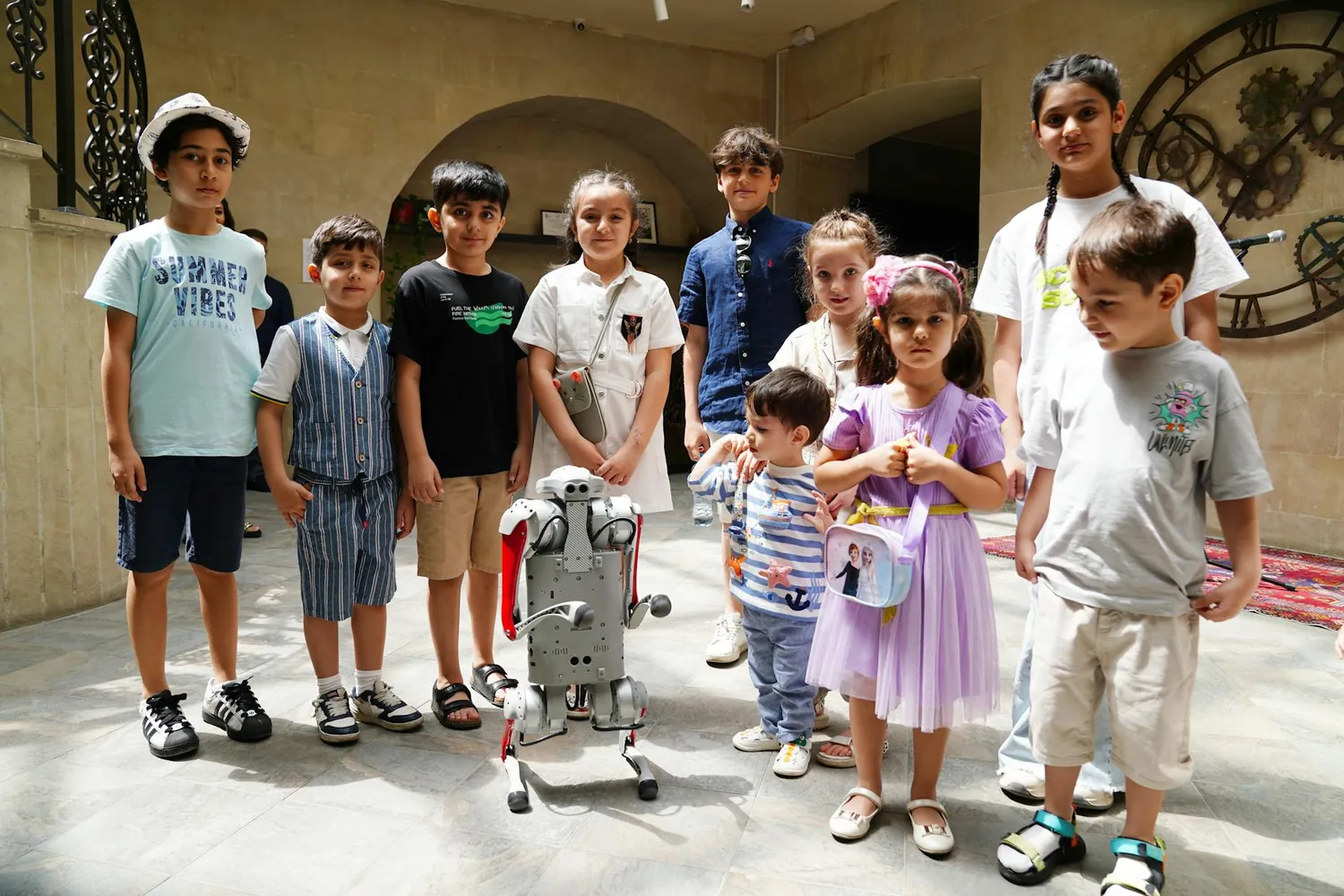Leveraging AI Technology to Tailor Education for Diverse Learners

The Need for Personalized Learning
In today's diverse educational landscape, the 'one-size-fits-all' approach often falls short of addressing individual learning needs. Each student comes with unique backgrounds, interests, and cognitive abilities that demand a more personalized touch. Artificial Intelligence (AI) offers educators powerful tools to create adaptive learning environments that can tailor educational experiences to fit each learner.
Understanding AI in Education
At its core, AI in education revolves around using algorithms to analyze data and generate insights that can be applied to improve teaching methods and learning outcomes. By leveraging machine learning models, educational technologies can dynamically adjust content, provide real-time feedback, and offer students pathways that align with their personal learning styles.
AI Tools in the Classroom
- Adaptive Learning Platforms: Tools like Smart Sparrow and Knewton use AI to modify the pace and difficulty of lessons based on the student's progress, ensuring they are neither overwhelmed nor bored.
- Automated Tutors: Applications such as Carnegie Learning's MATHia provide step-by-step problem-solving guidance, offering hints and support just like a human tutor.
- Predictive Analytics: By analyzing patterns in student performance, platforms can forecast future learning challenges and suggest interventions before issues arise.
Creating Tailored Learning Plans
To effectively utilize AI, educators must strategically integrate it into curriculum design. Here’s a simple workflow to begin tailoring educational experiences using AI:
- Data Collection: Gather data on student performance, preferences, and engagement. This can be achieved through quizzes, assignments, and even observational metrics like participation and interest.
- Choose the Right Tools: Select AI platforms that align with your educational goals. Consider the type of support you need—be it adaptive learning, personalized feedback, or predictive analytics.
- Analyze and Adjust: Use the insights generated by AI tools to refine learning plans. This may involve modifying lesson plans, adjusting instructional strategies, or integrating new resources that resonate with individual learners.
- Implement and Monitor: Deploy the tailored learning plans in the classroom. Continuously monitor the impact using AI dashboards that track engagement levels and academic progress.
Case Study: Success Stories in Tailored Education
An inspiring example is the implementation of AI at Penn Manor School District. By employing an adaptive learning system, they were able to increase math proficiency scores across diverse groups of students. Teachers used AI-generated insights to identify which students required additional support and tailored their interventions accordingly.
Practical Tips for Educators
- Start Small: Implement AI tools in a pilot class before scaling up. This allows you to assess effectiveness and gather feedback without overwhelming your resources.
- Professional Development: Invest in training educators on how to interpret data from AI tools. Understanding data analytics is crucial for making informed decisions.
- Foster Collaboration: Encourage teachers to share insights and strategies about how they’re using AI effectively in their classrooms.
The Future of AI-Driven Personalized Learning
The integration of AI in education is poised to revolutionize how we approach teaching and learning. As technologies evolve, they will offer even more sophisticated ways of understanding and responding to student needs. The challenge lies in navigating these advances ethically and equitably, ensuring all learners benefit from the potential of AI-powered education.